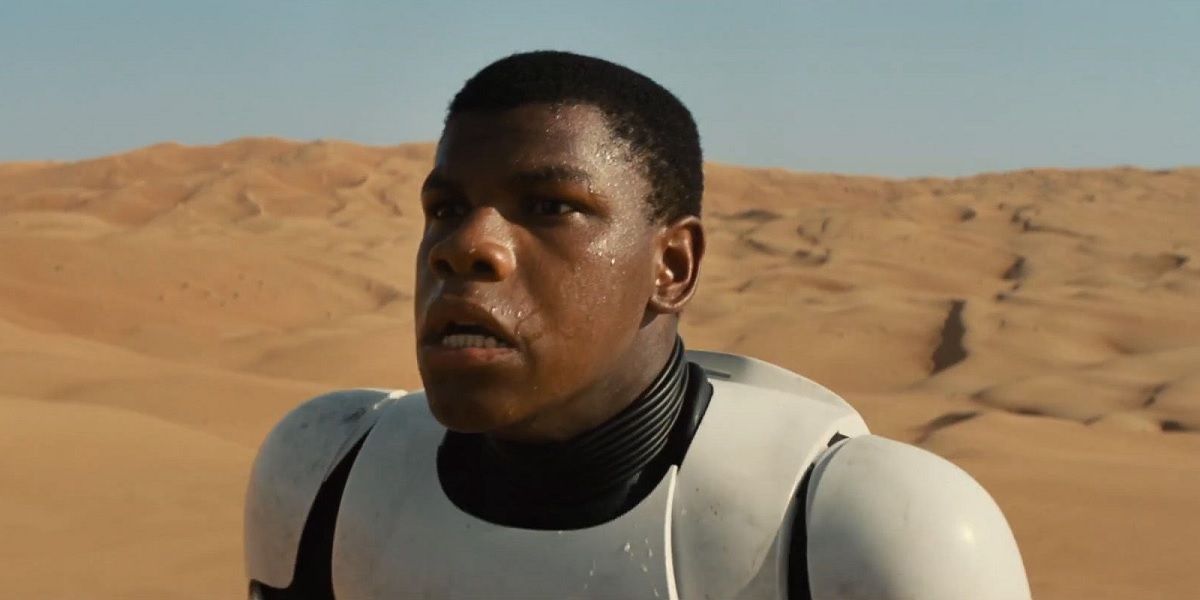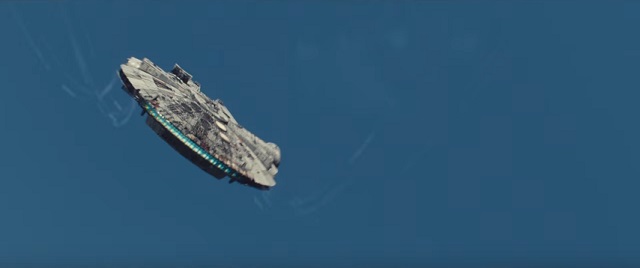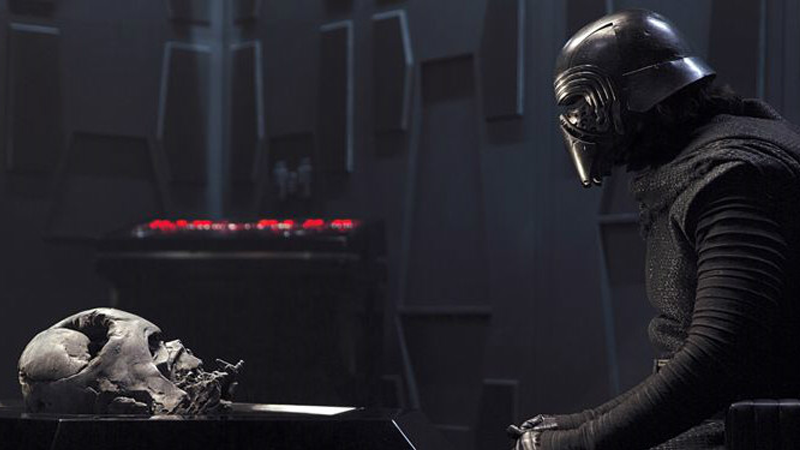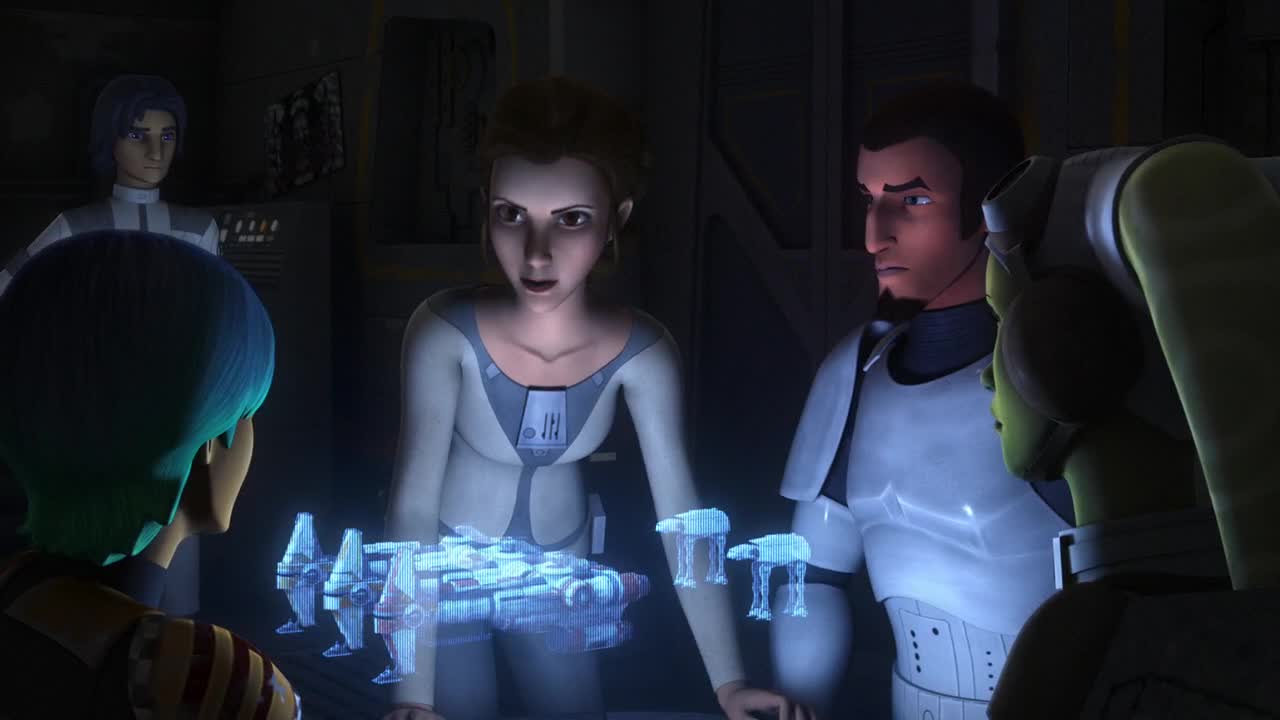
Jay: This week’s Rebels episode featured an interesting twist on the now-familiar Star Wars Rebels cameo. Instead of appearing to interact with the Ghost crew and develop their arcs in certain ways, Princess Leia basically carried the episode herself. This was an interesting approach to take, and while I’m strongly disappointed that Leia and Hera never had the chance to have a conversation about politics and rebellion (I’ve long considered Hera the Leia of the Ghost crew, the true idealist and believer in the cause) I found myself very interested in how they developed Leia’s character in a general sense. In the past, I’ve been pretty opposed to small universe syndrome unless a character cameo benefits the larger Rebels story. Here, I made an exception because I am horribly biased in favor of all Leia appearances in all media but it occurs to me that they did something different and rather interesting with Leia. Rather than using Leia to tease out character growth in the main show characters, they used Leia to tease out more information about Leia and the larger galactic state of rebellion. Without ever lifting the camera from Lothal, we got a look at what things are like elsewhere in the galaxy and that’s a pretty cool thing.
See, we’re usually limited to the perspective of the Ghost crew, which is just one rebel cell among many. A lot of folks in the audience — myself included — got rather antsy over staying on Lothal too long, and while the crew is moving about they’re still just a tiny, tiny piece in a large galaxy. They’ve only attracted Lord Vader’s attention because of Ahsoka’s presence and the whole Jedi thing, but they’re not really that important on the overall stage (yet?) despite running around with Sato and Fulcrum/Ahsoka. But running into Leia allows the small Phoenix operation to intersect, however briefly, with the grand galactic state of play. Read More
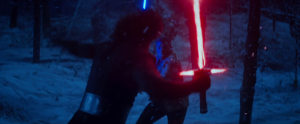 After I watched The Force Awakens for the second time, one of the many things my friends and I brought up was lightsaber combat. The iconic weapon of Jedi, Sith, and many other Force-users was featured prominently, and of course I had a few feelings about just how the combat was depicted. Like pretty much every other piece about TFA, this is not spoiler-free. You have been warned.
After I watched The Force Awakens for the second time, one of the many things my friends and I brought up was lightsaber combat. The iconic weapon of Jedi, Sith, and many other Force-users was featured prominently, and of course I had a few feelings about just how the combat was depicted. Like pretty much every other piece about TFA, this is not spoiler-free. You have been warned.